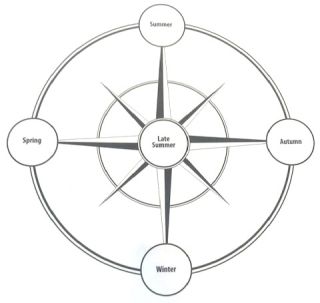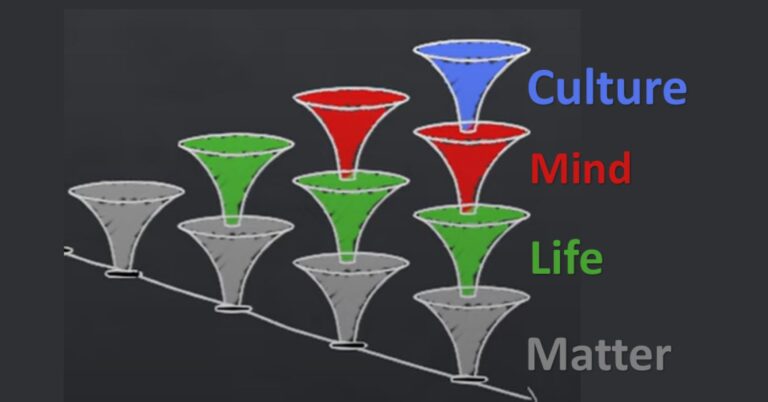
Source: Valiphotos/Pixabay
At my home in the Berkshires, the leaves are now peaking with bright bursts of red, yellow, orange, and green as we enter the season Eastern traditions refer to as late summer or the fifth season. In North America, this period is a seasonal phenomenon that stretches from mid-October to early to mid-November. It is punctuated by sudden summery temperatures, often accompanied by dry, hazy conditions. A few days later, it’s not surprising to see temperatures drop to freezing. This can last over a period of a few days to sometimes more than a week.
I introduced the notion of seasonal energies in my post “3 Ways to Balance Your Seasonal Energies.” In Eastern traditions, these energies are depicted as five seasons or five universal movements. Easy to see in the seasons, these energies are referred to as rising and falling energies. They rise from spring to summer (where they will peak) and then decline into autumn, downward to winter. The cycle is continuous. The same energy cycles are apparent within moment-by-moment living, sunrise to sunset, day to day, event to event, feeling to feeling, lesson to lesson, and so on. They can apply psychologically, biologically, and for some who explore further, as part of their life journey (I mean this in a nondenominational sense).
Traditionally illustrated in a circle that looks like a clock, summer is at the 12 o’clock position, winter at 6, spring at 9, and autumn at 3. At the center of the circle is the fifth season, or late summer. It is centered for several reasons. It is the season associated with the self, your innermost you, the headquarters for all activity.

The Five Seasons
Source: Joseph Cardillo
At the center of a circle, late summer’s presence is depicted as connected to each of the other cycles. This suggests that without its input, all actions become happenstance at best. Whenever in doubt or simply moving from one goal to another, holistic traditions maintain one should stay close to the center; the self.
Even though late summer is a cycle associated with peace and calm, it’s easy to start feeling anxious, depressed, or out of sync about activities as nature moves from autumn to winter. But you can try to catch imbalances in advance. These include feelings of over-extension, disconnection, and feelings of being boxed in.
On another note, like summer, late summer mornings are cool, though getting cooler. Midday is warm, sometimes hot, and the sun puts a golden glaze on everything. Nights are dark and getting progressively cooler — a great environment for getting more reflective and self-aware. This can help us gain better self-regulation in terms of our own thoughts, feelings, and actions, including the way we respond to others.
Unfortunately, late summer is also a time when we can easily get caught up in the hectic, scrambling pace of end-of-the-year “stuff.” Much of the world around us asks us to hustle even more, rather than follow nature’s course of slowing down.
Here’s a Plan
Use late summer’s falling energy to help you avoid the holiday bustle. Let the color-filled skies and cidery breeze inundate your senses. Let yourself stretch out and think. Relax more and center. Make yourself empathetic to others. Practice transitioning smoothly from one space/situation to another. And commit to slowing down. Slowing down will help you examine how you are feeling and how options that have appeared in your life may fit in—or not. You can feel less boxed in and less stressed.


















+ There are no comments
Add yours